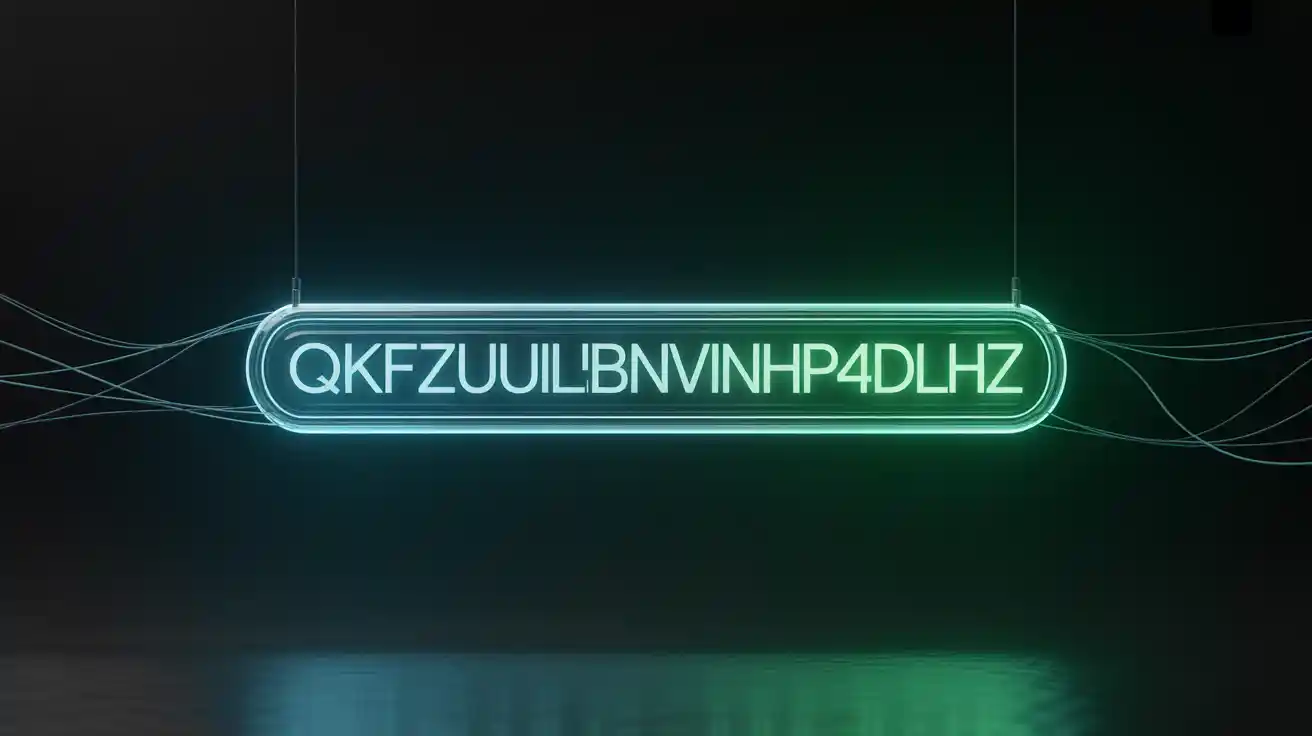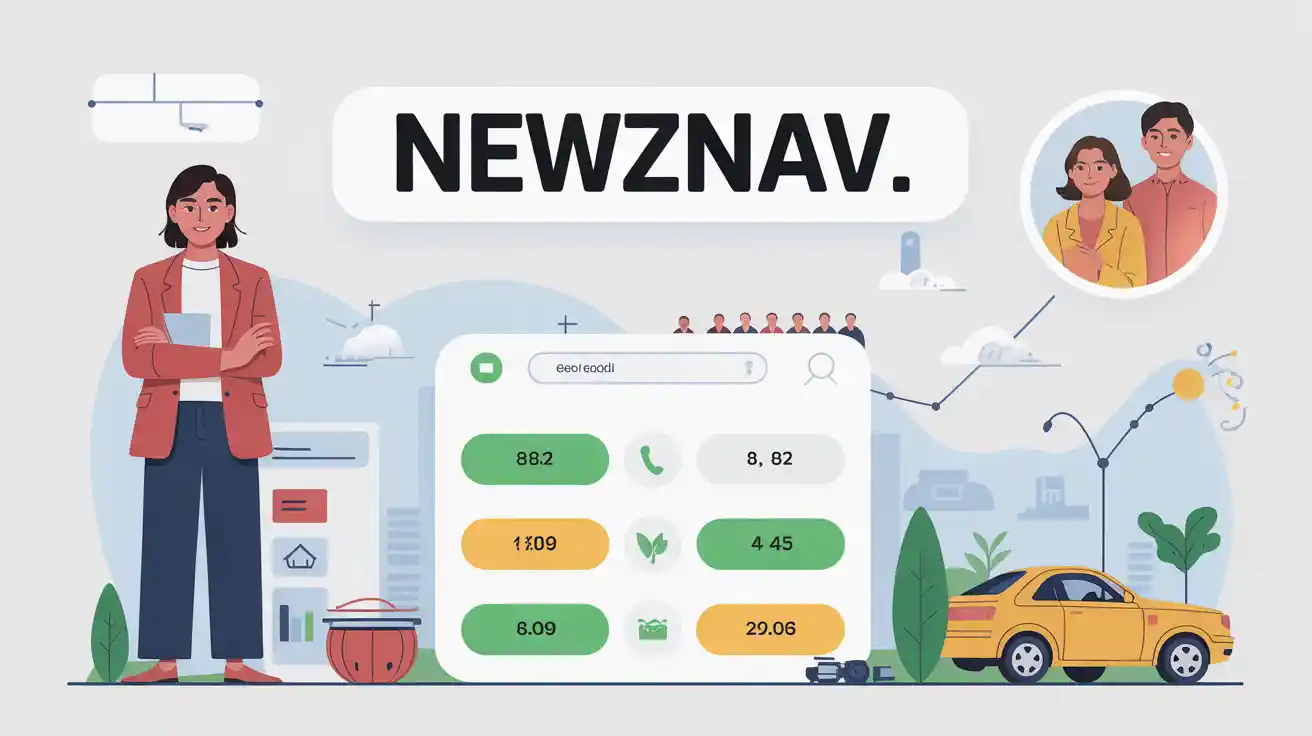In the modern age of technology, unique identifiers are everywhere — from secure login codes to blockchain transaction hashes. Among these seemingly random strings, qkfzzu1lbnvinhp4dlhz stands out as one of those terms that spark curiosity. Whether you’ve stumbled upon it in a log file, an email, or a software prompt, understanding its context and potential purpose can turn confusion into clarity.
This guide will explore qkfzzu1lbnvinhp4dlhz in detail — what it could represent, possible use cases, how to interpret such strings, and the best practices when encountering them in different technical environments.
Understanding What qkfzzu1lbnvinhp4dlhz Could Be
At first glance, qkfzzu1lbnvinhp4dlhz might seem meaningless — a random mix of lowercase letters and numbers. However, strings like these often have structured purposes:
- System-Generated Tokens – Many applications generate alphanumeric tokens like qkfzzu1lbnvinhp4dlhz for secure authentication or session tracking.
- Unique Resource Identifiers (URIs) – It could be part of a database key or content identifier.
- Hashed Values – While not a standard hash length, it might be a truncated or encoded hash used internally.
In software systems, such strings often serve as invisible backbone components, linking user actions to stored data without revealing personal details.
Why You Might Encounter qkfzzu1lbnvinhp4dlhz
There are multiple scenarios where a string like qkfzzu1lbnvinhp4dlhz could appear:
- Error Logs – Debugging tools often show internal references for developers.
- API Responses – When interacting with an application programming interface, such codes might represent objects or transactions.
- Security Alerts – It could be part of a tracking signature used to identify suspicious activity.
- File or Asset Links – Sometimes URLs include such IDs to retrieve the correct file or resource.
Understanding the context in which qkfzzu1lbnvinhp4dlhz appears is the first step to figuring out its meaning.
Breaking Down the Structure of qkfzzu1lbnvinhp4dlhz
While qkfzzu1lbnvinhp4dlhz appears random, it might follow a deliberate internal pattern. Developers often:
- Use base62 encoding (letters + numbers) for compactness.
- Insert numbers as positional markers.
- Truncate longer hashes for storage efficiency.
The mixture of 20 characters suggests it’s long enough to ensure uniqueness across millions of records while remaining short enough to process quickly in software operations.
Security Implications of Strings Like qkfzzu1lbnvinhp4dlhz
If qkfzzu1lbnvinhp4dlhz is a token used in secure contexts, its handling becomes critical:
- Never Share in Public Forums – Tokens might grant access if tied to an account.
- Rotate Regularly – In security systems, such identifiers should be regenerated periodically.
- Monitor for Unauthorized Use – If a token appears in unexpected logs, it might be compromised.
By treating qkfzzu1lbnvinhp4dlhz as sensitive until proven otherwise, you reduce the risk of exposing secure systems to threats.
Practical Applications for qkfzzu1lbnvinhp4dlhz
Here are some plausible roles qkfzzu1lbnvinhp4dlhz might play in real-world systems:
- Session Keys – Temporarily link a user’s browser session to backend data.
- Database Row IDs – Identify a specific record without revealing sensitive fields.
- Tracking Codes – Measure campaign performance or user activity.
- File Versioning – Distinguish between different iterations of a file.
In all these cases, the identifier ensures accuracy, consistency, and integrity across processes.
How Developers Handle Identifiers Like qkfzzu1lbnvinhp4dlhz
From a software engineering perspective, creating and validating such identifiers requires:
- Randomization Algorithms – Ensuring no two identifiers collide.
- Encoding Methods – Using base62 or base64 for compatibility.
- Validation Rules – Verifying that an incoming code like qkfzzu1lbnvinhp4dlhz matches expected length and character set.
Developers often rely on these IDs to manage complex systems without exposing meaningful data to the outside world.
How to Investigate qkfzzu1lbnvinhp4dlhz in Your Own Context
If you encounter qkfzzu1lbnvinhp4dlhz and need to know more, here’s a safe investigation process:
- Check the Source – Determine which application or service generated it.
- Review Documentation – Many APIs and tools explain their ID formats.
- Ask the Admin or Developer – They can tell you exactly what it references.
- Search Internal Logs – Match it with records to see its associations.
Avoid guessing its purpose without verification — incorrect assumptions can lead to security or workflow issues.
The Role of Identifiers in Modern Data Systems
Identifiers like qkfzzu1lbnvinhp4dlhz are essential to:
- Database Efficiency – Speed up lookups without storing bulky references.
- Security Isolation – Keep data linked without exposing personal details.
- Cross-System Communication – Allow multiple apps to reference the same entity consistently.
Without such IDs, the complexity of modern digital infrastructure would be nearly impossible to manage.
When to Be Cautious with qkfzzu1lbnvinhp4dlhz
Not all identifiers are harmless. If qkfzzu1lbnvinhp4dlhz appears in a suspicious email or unknown website link:
- Treat it like a potential phishing attempt.
- Avoid clicking until verified.
- Use an isolated test environment for examination.
Bad actors sometimes embed real-looking IDs to trick users into revealing credentials.
Future of Identifier Formats Like qkfzzu1lbnvinhp4dlhz
As technology advances, identifiers may become:
- More Complex – Combining multiple encoding methods.
- Encrypted by Default – Making them unreadable outside authorized systems.
- Shorter Yet Unique – Using advanced collision-resistant algorithms.
Even then, the concept behind qkfzzu1lbnvinhp4dlhz — uniquely and securely representing data — will remain central to system design.
Best Practices for Businesses Using Identifiers Like qkfzzu1lbnvinhp4dlhz
Organizations should:
- Document their ID generation process.
- Train staff on safe handling procedures.
- Audit for unused or expired identifiers.
By doing so, they ensure that a string like qkfzzu1lbnvinhp4dlhz serves its purpose without becoming a vulnerability.
Conclusion: Decoding the Mystery of qkfzzu1lbnvinhp4dlhz
While qkfzzu1lbnvinhp4dlhz might initially look like a meaningless scramble of characters, in the tech world, such identifiers are the glue holding systems together. They enable secure, efficient, and scalable operations — provided they’re generated, managed, and used responsibly.
Whether you’ve encountered qkfzzu1lbnvinhp4dlhz in a database, an API response, or a log file, the key is to approach it with informed curiosity and security awareness. In the right context, it’s not just a random string — it’s a critical part of digital infrastructure.



